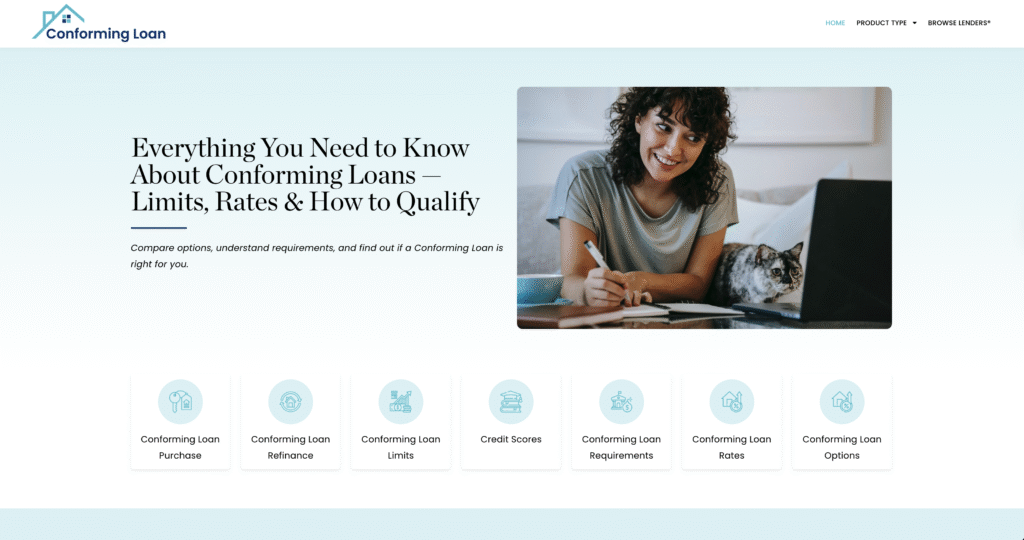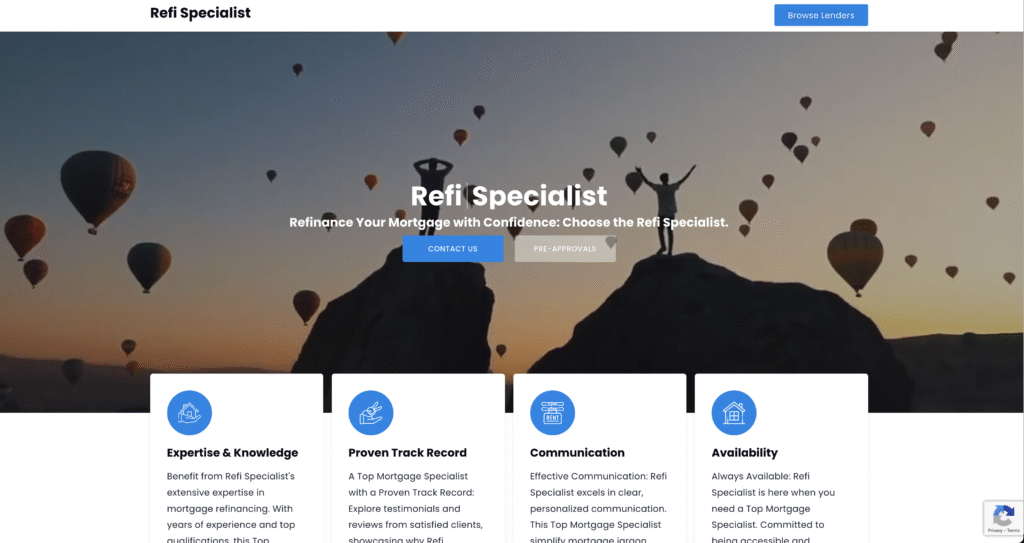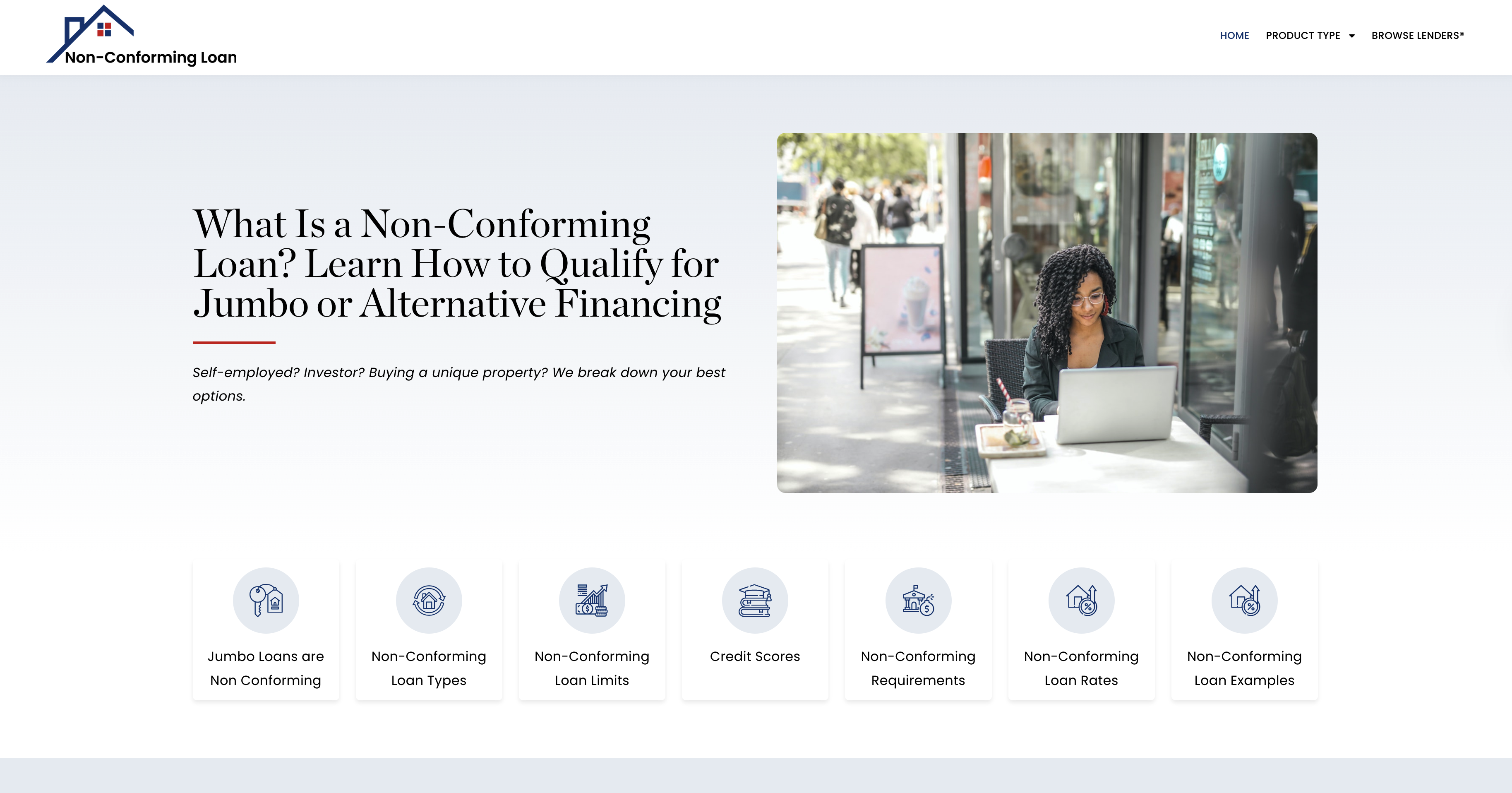Case Study: Rebuilding Credit After Bankruptcy—A 2-Year Roadmap
Filing for bankruptcy can feel like hitting the reset button on your financial life. While it may provide relief from overwhelming debt, it also leaves a significant impact on your Middle Credit Score®. However, bankruptcy is not the end of your financial journey—it can be the beginning of a structured path toward recovery. This case study follows the journey of David and Maria, a married couple who, after declaring Chapter 7 bankruptcy, rebuilt their Middle Credit Score® from 500 to 700 in just two years through disciplined financial habits, strategic credit building, and focused budgeting.
Step 1: Understanding the Impact of Bankruptcy
When David and Maria declared Chapter 7 bankruptcy, their Middle Credit Score® dropped to 500. Bankruptcy filings can remain on credit reports for up to 10 years, severely affecting lending opportunities. Their immediate challenges included:
- Complete Discharge of Debt: Credit card balances, medical bills, and personal loans were discharged, leaving them debt-free but with limited credit history.
- Difficulty Accessing New Credit: Many lenders view post-bankruptcy consumers as high risk.
- High Insurance Premiums: Their credit scores impacted the cost of auto and home insurance.
Initial Strategy: To begin rebuilding their credit, David and Maria focused on:
- Applying for a Secured Credit Card: With a $500 deposit, they opened a secured credit card to start building payment history.
- Budgeting and Saving: They established a zero-based budget, allocating funds for savings and emergency expenses.
- Avoiding Hard Inquiries: To prevent further credit score damage, they refrained from applying for multiple credit lines.
Progress After 6 Months: Their Middle Credit Score® improved to 550, and they had successfully made on-time payments for six consecutive months.
Additional Techniques Implemented:
- Avoiding Missed Payments: David and Maria automated their secured card payments to avoid late fees.
- Tracking Expenses Closely: Using apps like Mint and YNAB (You Need a Budget), they monitored every expense to stay within their budget.
- Negotiating Lower Insurance Rates: With proof of timely payments, they negotiated lower auto insurance rates.
Enhanced Financial Habits:
- Emergency Fund Contributions: They started setting aside $25 per paycheck into a high-yield savings account.
- Community Financial Literacy Programs: They attended workshops on budgeting and credit rebuilding offered by local nonprofits.
- Subscription Review: They cut unnecessary subscriptions, redirecting those funds to savings.
Step 2: Building Positive Credit History
Once their score stabilized at 550, David and Maria expanded their credit-building efforts:
- Credit Builder Loan: They applied for a $1,000 credit builder loan from a local credit union. Payments were reported monthly to all three credit bureaus.
- Rent Reporting Service: They enrolled in a rent reporting service, ensuring their $1,200 monthly rent was reflected on their credit reports.
- Authorized User Status: Maria was added as an authorized user on her sister’s credit card, which had a long history of on-time payments.
Advanced Techniques:
- Multiple Payments Per Month: They paid down their secured card twice a month to keep utilization low.
- Experian Boost®: They added utility and telecom payments to their credit profile to gain extra points.
- Avoiding New Credit Lines: They resisted offers for store credit cards, focusing solely on building history with their secured card and credit builder loan.
Financial Growth Strategies:
- Avoiding Credit Traps: They stayed clear of high-interest personal loans and payday lending.
- Monitoring Credit Scores Monthly: They signed up for a credit monitoring service to track progress and catch errors early.
- Automatic Payment Reminders: They set up mobile alerts to ensure every payment was made on time.
Progress After 12 Months: Their Middle Credit Score® climbed to 600, and they had established 12 months of on-time payment history.
Step 3: Expanding Credit Responsibly
At the one-year mark, David and Maria began to strategically expand their credit:
- Unsecured Credit Card Approval: With a score of 600, they were approved for a basic unsecured credit card with a $1,000 limit.
- Limit Increases on Secured Card: They increased their deposit to $1,000, raising their limit and improving their utilization ratio.
- Avoiding Hard Inquiries: They continued to limit new credit applications to prevent score drops.
Additional Techniques:
- Bi-Weekly Payments: They continued with bi-weekly payments to reduce interest.
- Zero-Based Budgeting: Every dollar was allocated, with priority given to debt repayment and savings.
- Rent Payment Reporting: Rent continued to be reported monthly, further strengthening their credit history.
Long-Term Strategies Implemented:
- Rebuilding Through Installment Loans: They took out a $2,000 credit builder loan to further diversify their credit mix.
- Community Lending Circles: Joined a community lending circle, making small monthly contributions to boost credit.
- Securing a Car Loan: They financed a used vehicle with a co-signer, making consistent on-time payments.
Results After 18 Months: Their Middle Credit Score® reached 650, positioning them for better credit offers and lower interest rates.
Step 4: Preparing for Mortgage Pre-Approval
In Year Two, David and Maria set their sights on mortgage pre-approval:
- Consulting a Mortgage Broker: They met with a broker to understand the qualifications and application process.
- Saving for a Down Payment: They saved $10,000 over two years through strict budgeting and side income.
- Avoiding Major Purchases: They refrained from large expenses or credit pulls for six months before their application.
Final Results: At the two-year mark, their Middle Credit Score® reached 700, and they were pre-approved for an FHA mortgage with a competitive interest rate.
Long-Term Financial Stability:
- Emergency Fund Built: They saved $5,000 for unexpected expenses to avoid new debt.
- Investing in Retirement: They began contributing $200 monthly to a retirement plan.
- Securing Lower Insurance Premiums: With an improved credit score, they renegotiated their auto and renter’s insurance.
Key Takeaways:
- Bankruptcy is not the end—it can be the beginning of structured financial recovery.
- Secured credit cards, credit builder loans, and rent reporting are key tools in rebuilding credit.
- Avoiding new debt and automating payments prevent setbacks.
David and Maria’s journey from bankruptcy to mortgage pre-approval is proof that financial recovery is possible with strategic planning, disciplined budgeting, and smart credit-building techniques. Their commitment to consistent payments and responsible credit use allowed them to rebuild their Middle Credit Score® and achieve homeownership within two years.
Middle Credit Score® Support Center
Browse Lenders® – Speak with a Lending Expert






